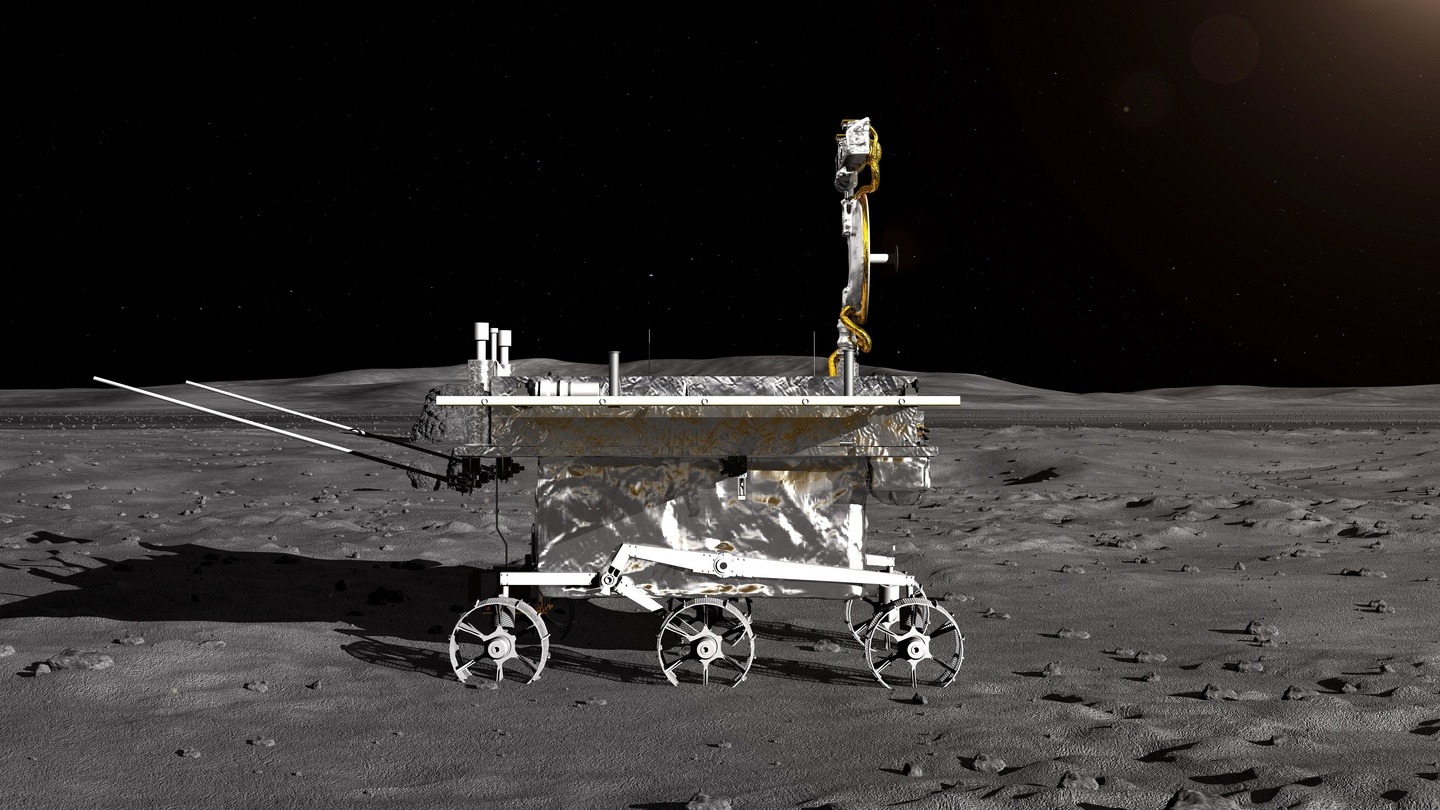China is working on a new lunar rover that will begin exploring the Moon’s south pole around 2026. The lunar rover will be part of the Chang’e-7 mission, recently approved as part of a new phase of Chinese lunar exploration. It will include the exploration of the south pole of our natural moon.

Chang’e-7 consists of an orbiter, a lander, a lunar rover and a small robot that can reach shaded places in craters to search for water ice deposits. The mission will also be supported by a new communications satellite. The lunar rover of the mission will be built on the basis of approximately 140-kilogram solar-powered Yutu and Yutu-2 from the missions Chang’e-3 and Chang’e-4, which landed in 2013 and 2019, respectively. But there will be differences.
According to the Chinese Space Agency, the Chang’e-7 lunar rover will be larger and more enduring than the Yuty-2. It will be designed to carry more advanced tools. The lunar rover will have a panoramic camera and a ground-penetrating radar, like Yutu-2, but it will also have a magnetometer and a Raman spectrometer instead of a visible and infrared one, and a neutral energy atom analyzer instrument provided by Sweden. The new generation rover will also become more independent.
“It will be more “smart”. The work of Yutu-2 was more controlled from the Earth, but the future rover would be more autonomous, because it would be able to plan its route independently,” the agency said.
Chang’e 6 and Chang’e 8 missions
Before the launch of the Chang’e-7 mission, Chang’e-6 will take place, during which China will try to collect samples on the far side of the Moon in the South Pole–Aitken basin around the end of 2024.
Then, after Chang’e-7, the next Chang’e-8 mission is planned in 2028. It is designed to test 3D printing technologies and use local resources for construction. This mission is intended to create the foundation of a project called the International Lunar Research Station (ILRS) in the 2030s.
Earlier we reported on how Yutu-2 came out of hibernation and met the year of the Rabbit.
According to Space
Follow us on Twitter to get the most interesting space news in time
https://twitter.com/ust_magazine
